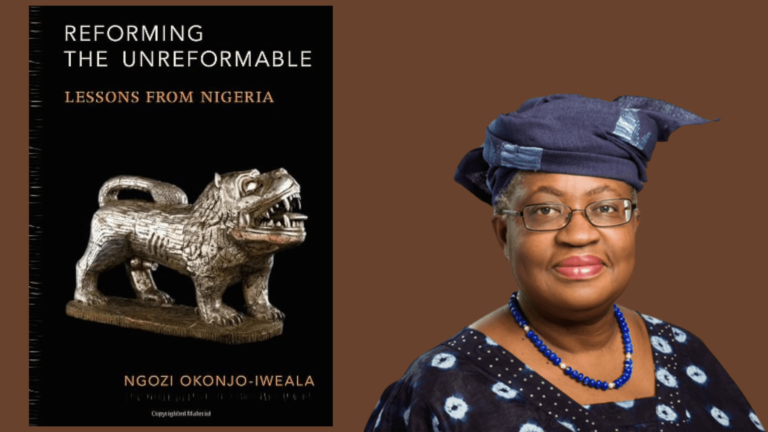After leaving office in May, President Muhammadu Buhari has the honour of being just one of two people that ruled Nigeria in two different times – the other being President Olusegun Obasanjo. But there is a record that only he has – He is Nigeria’s only President that has presided over the country’s periods of economic recession – not one, not two, but three economic recessions in 1984, 2016 and 2020.
After the National Bureau of Statistics (NBS) released the final GDP growth data before President Buhari left office on the 29th of May, it is symptomatic of his presidency that the Q1 2023 of 2.31%, compared to 3.52% in Q4 2022 was self-inflicted – cash crunch.
Nigeria’s GDP and Oil Price Dynamics 2014 – 2023

From the data and graph above, President Buhari presided over an average quarterly growth rate of 1.3% in 8 years, compared to an estimated 2.4% annual growth rate in population. Every child born under President Buhari’s eight years in office was born in a poorer Nigeria than when he or she was conceived.
The data also shows that President Buhari presided over two cycle of economic recessions – 20016 and 2020, both driven by declining oil prices. In 2016, the economy contracted by 1.6%, recording the first recession in the country since 1984. Therefore, Nigeria has recorded only three economic recessions since record began, and they have all been under President Muhammadu Buhari – what an economic record!
The quarter-on-quarter growth gives a better description of the yoyo dynamics of growth under President Buhari. As depicted by the figure below, the M-shaped pattern of quarterly growth has not changed in the last 8 years.

The Yoyo Nigeria’s Quarterly GDP Growth 2014 – 2023

Given the last 8 years, President Bola Ahmed Tinubu’s preoccupation is macroeconomic stability. The government is attempting to focus on credible measures and convince both domestic and international investors that Nigeria is open for business.












